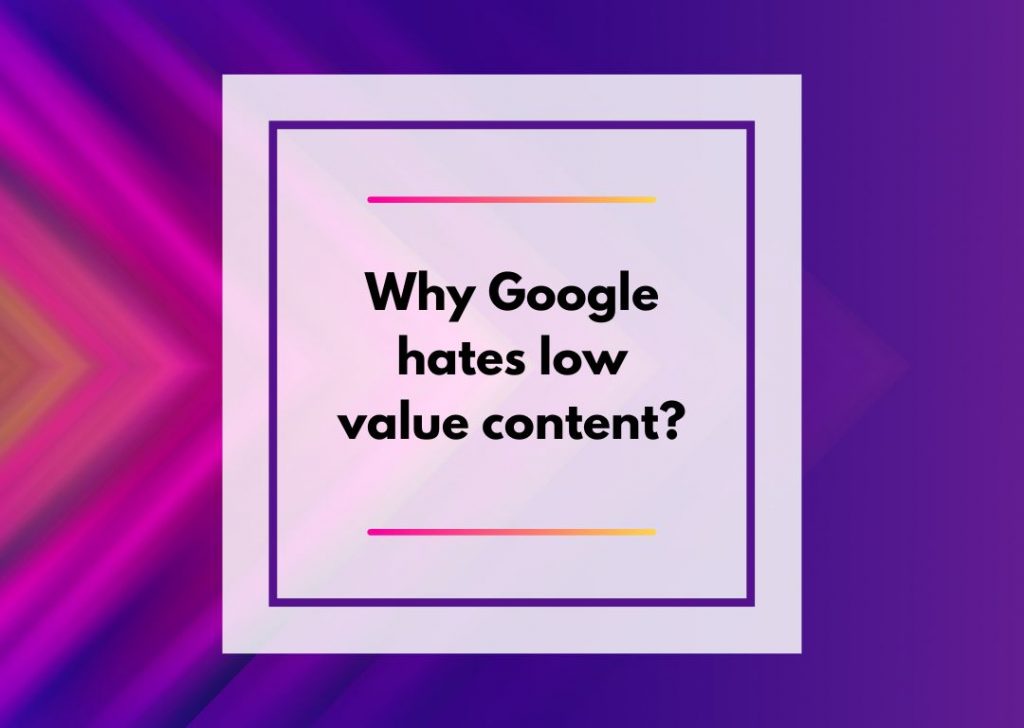
Why Google hates low value content?
Google dislikes low worth content – a lot so that indexing has actually ended up being a huge problem for numerous millions of websites worldwide. Let me put it into perspective – why would Google or his scraping and indexing robots waste time/energy and processing power indexing and storing material that is never going to be of use and ultimately never served to end users.
Whilst it has indexed material in the past which had very low or zero value – things has changed rapidly.
As Google has actually driven much stronger AI integration into various algorithms such as RankBrain – there is far more decision making made before content is indexed (or ranked).
- Signals to content value typically include
- Page accessibility / internal link availability
- Page positioning in a URL framework
- Content offering / coverage
- Content independence factors
- Content intent alignment
- Timestamping, age, stagnation times, update frequency
- External links and citation
- Social availability
- Upper level brand / domain trust
- Link scattering
So – let me turn this into a hypothetical – you run an eCommerce website that sells 10,000 SKUs, most of those SKUs are utilising manufactuer provided descriptions – this means your websites ability to rank for a product diminishes because that product is elsewhere on the web.
Then – compound duplicate content with product accessibility, categorisation and then surrounding factors such as brand trust authority, domain trust, drip down link equity, category coverage, filtering and GSC excluded data.
If for example – chunks of SKUs sit behind infinite scrolls on a domain with little authority and growing volumes of URLs in Crawled/Discovered currently not indexed – the chances are, Google is going to dump VALID products into a list of URLs that are of little to no value and therefore – indexability falls and products that exist on the website never get served, generate very few impressions and have massively fragmented average positions.
So what do you do?
- Integrate user-generated content (UGC) options for users to submit content about a product – include product level reviews also
- Increase top level, sub level and deep linking.
- Progressively add independent content at a product level as part of a longer term strategy for product SKUs that are likely to have a longer lifespan.
- Make relevant products dynamic so on recrawls the internal linking profile shifts.
- Incorporate important SKU data into titles.
- Build links into parent categories.
- Avoid link depths beyond 3 clicks from any navigation based page.
- Avoid any dynamic category loading – especially anything AJAX driven, ensure any server side rendering outputs raw HTML with accessible links.
- Ensure URL integrity – single hop redirects, forced HTTPS, consistent trailing slashes, self referencing canonicals.
- n, follow pagination.
- Enhance and improve user journey – encourage more sub browsing, filter and product level interaction.
Was this article helpful?
Support us to keep up the good work and to provide you even better content. Your donations will be used to help students get access to quality content for free and pay our contributors’ salaries, who work hard to create this website content! Thank you for all your support!

Reaction to comment: Cancel reply